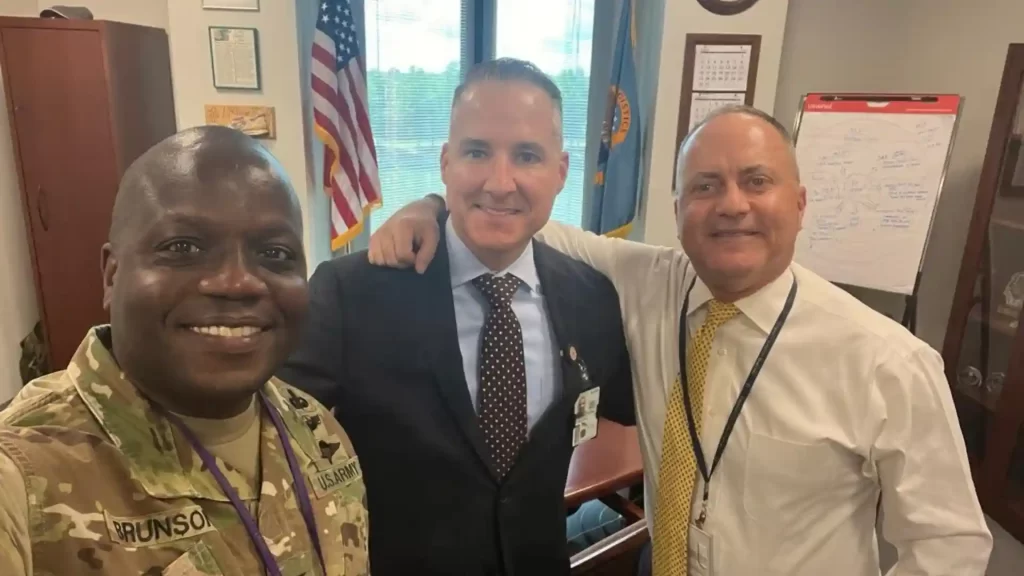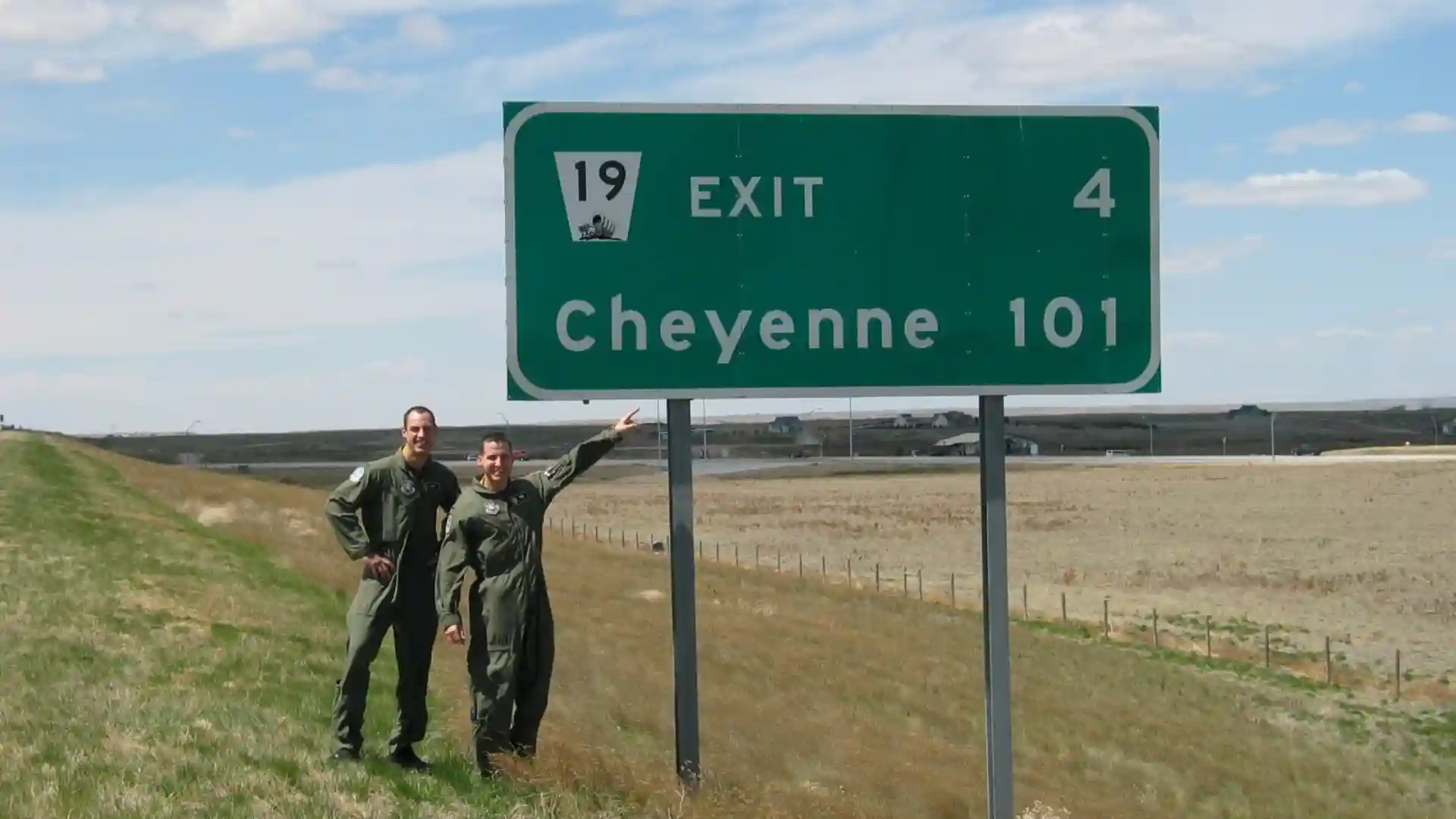Leadership often gets painted as a highlight reel—wins, titles, and big decisions. But the truth? It’s forged in moments that feel anything but glamorous. I’ve learned that real leadership comes from getting knocked down, facing hard truths, and coming out the other side better. Those painful, messy challenges? That’s where the growth happens. That’s where strong leaders are made.
Whether you’re leading a company, a family, or a squadron, struggle doesn’t mean failure—it means you’re in the process of becoming. The leaders we admire the most didn’t skip the tough stuff. They used it. So, let’s walk through how adversity shapes leadership and why it’s something to embrace, not avoid.
Table of Contents
ToggleThe Crucial Role of Adversity in Leadership
It’s easy to scroll through LinkedIn or watch a success story on Netflix and assume the journey was smooth. But behind every “overnight success” is a pile of missed opportunities, hard choices, and lessons learned the hard way. Take someone like Oprah Winfrey—fired early in her career and told she wasn’t fit for TV. Or Elon Musk, who faced brutal criticism and risked everything for companies’ people once laughed at.
I’ve been there too. Years ago, during a deployment, I made a decision that didn’t land well with my team. The feedback stung. But it made me reevaluate how I communicate under pressure. That one stumble improved how I lead today.
The point is, if it feels hard, it probably means you’re growing. Leadership isn’t about the easy path—it’s about staying in the fight.
From Setbacks to Success: Building Leadership Through Struggle
Leadership isn’t about never failing—it’s about what you do after you fall. Steve Jobs got fired from Apple. Then came back and changed the world. Walt Disney was told he wasn’t creative enough. Imagine that. These aren’t just stories—they’re roadmaps.
When I was starting in a new command role, I stumbled early trying to do too much myself. I thought I had to prove I could handle it all. Turns out, trusting the team was the key. That shift didn’t just help me—it brought the unit closer.
Failures teach you what no textbook can. They humble you, sharpen you, and if you let them, they shape you into someone worth following.
The Building Blocks of Strong Leadership
If I had to name one thing that separates solid leaders from the rest, it’s resilience. Not just the kind that grits its teeth and powers through—but the kind that learns and adapts. When things fall apart, resilient leaders don’t just survive—they rebuild stronger.
Think of Nelson Mandela or Winston Churchill. They weren’t unshaken because they had easy lives—they were unshaken because they stayed the course through hell and back. That’s what people remember. That’s what people follow.
In my own experience, I’ve had to make tough calls that didn’t make everyone happy. It’s uncomfortable. But the ability to face that tension and keep moving—that’s where real leadership takes shape.
Embracing Failure as a Learning Opportunity
Failure stings. But when you see it as a teacher, it becomes a powerful ally. Michael Jordan didn’t make his high school team. He used that pain to fuel legendary greatness.
When I missed a major promotion early in my career, it felt like a gut punch. But it made me ask tough questions—what could I do better? How was I showing up for others? That reflection sparked a shift in how I led—and how I listened.
Failure doesn’t mean you’re done. It means you’ve just been handed the next lesson.
The Power of Reflection in Leadership Growth
Great leaders don’t just power through. They pause, assess, and grow. Reflection builds self-awareness, better decisions, and emotional intelligence. Without it, we repeat mistakes. With it, we evolve.
I try to take ten minutes at the end of every week to think about what went well, what didn’t, and why. It’s simple—but powerful. It keeps me grounded and focused on growth.
If you want to lead well, you’ve got to know yourself. And that starts with reflection.
Transforming Struggle into Strength
Leadership isn’t tested during good times—it’s revealed in crisis. Whether it’s a natural disaster or a breakdown in trust, those moments demand courage and clarity.
During the early days of the COVID-19 pandemic, I watched leaders at all levels scramble to adapt. The ones who slowed down, stayed calm, and listened—they made the biggest impact. And their teams never forgot it.
The key is seeing beyond the chaos. When you lead with steady hands and a clear heart, you turn crisis into growth—not just for you, but for everyone watching.
Building Trust Through Tough Times
Trust isn’t built in the easy moments. It’s forged when things are hard. I’ve found that being transparent—especially when you don’t have all the answers—goes further than pretending to have it all together.
Your team doesn’t expect perfection. They expect honesty, consistency, and care. The leaders I trust most are the ones who showed up during the storm, not just when the skies were clear.
If you want loyalty, earn it during the hard days.
The Final Transformation
There’s power in being real. Vulnerability isn’t weakness—it’s connection. I’ve found that when I let my team see my missteps, they respect me more. It makes space for honesty, growth, and trust.
Leaders like Brené Brown have shown how vulnerability builds stronger teams and cultures. And I’ve seen it firsthand. When I’ve admitted I didn’t know the answer or needed help—it didn’t undermine my role. It deepened the bond.
Real leadership isn’t about having all the answers. It’s about having the courage to grow in front of others.
The Ripple Effect of Strong Leadership
When you lead with resilience and heart, you don’t just change yourself—you change your culture. One person’s growth lifts everyone.
I’ve watched team members step up because they saw someone else handle a failure with grace. I’ve seen quiet confidence replace fear when vulnerability became the norm. That’s the ripple effect.
Great leadership doesn’t stop with one person—it spreads. And that’s how you build something that lasts.
Conclusion
Struggle doesn’t block leadership—it shapes it. Through setbacks, we become more self-aware, more grounded, and more effective. The key is choosing to grow instead of retreating.
If you’re in a tough moment right now, don’t rush past it. Sit with it. Learn from it. Let it build you. Because on the other side of that struggle is a stronger, wiser, more impactful leader—ready to lift others too.







